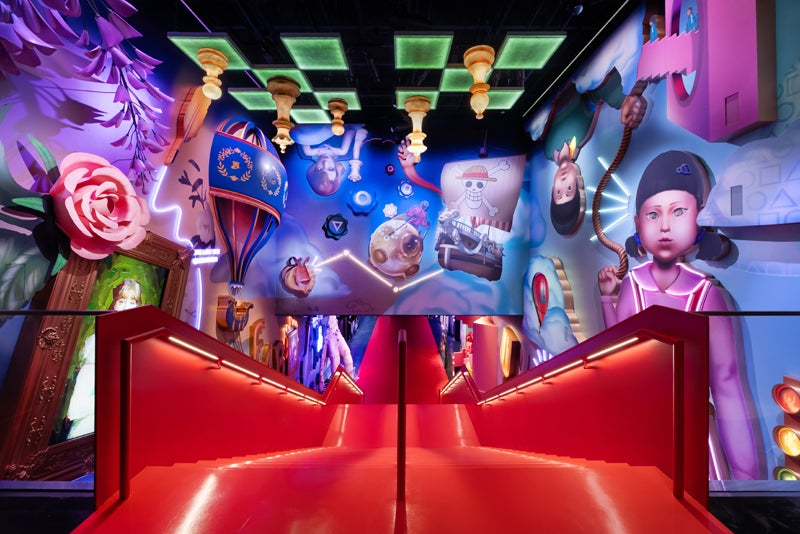So much for home-field advantage. Among the top 10 companies an American Express/National Retail Federation Foundation survey recognized for excellence in customer service, fully half are pure-play online marketers. As in, no brick-and-mortar presence whatsoever.
The list itself is fairly static. Every company chosen in 2011 to receive the Customers’ Choice Award – Amazon.com; JC Penney Company; Kohl’s Department Stores; Lands’ End; LL Bean; Newegg; Nordstrom; Overstock.com; QVC; and Zappos.com – had previously received the honor in 2010. And in 2009, when 11 companies were recognized, nine of 2011’s honorees were winners.
One reason for repetition among the awardees (who are chosen by consumers – 9,300 of whom participated in the current survey) may be reputation: Zappos and L.L. Bean, for instance, are knee-jerk choices when consumers think about excellent customer service.
There’s more than that, of course: By their nature the purely online firms – Amazon, Newegg, Overstock, QVC and Zappos – have fewer points of consumer interaction. No matter how good a firm’s sales associate training is, one bad encounter can significantly color a consumer’s thinking about a brand. And in the pure-play online environment, the chances that a customer will be dealing with a gum-cracking couldn’t-care-less employee are significantly reduced.
(This is not to say these employees don’t exist at, say, Amazon – just that they’re largely kept from direct interaction. And it’s a lot easier to monitor and screen company/customer interactions that are done through email or a contact center than on a sales floor.)
Speaking of Amazon, CEO Jeff Bezos’s chest has to be swelling with pride over what essentially amounts to two recognitions: Amazon acquired Zappos in mid-2009.
When 2011’s list was announced at the National Retail Federation’s Annual Conference and Expo, two retailers not included immediately sprang to mind as potential honorees: Apple and American Girl Place. Both, in terms of merchandising, presentation and physical space design, offer remarkable retail experiences.
Apple stores crawl with easily identifiable, knowledgeable, enthusiastic sales associates, many of whom have bought into the cult of Apple. The merchandise itself is out in the open to be played with, and the company hosts in-store training sessions geared toward enabling consumers to get the most out of their Apple products.
So why not include Apple? When I bounced the idea off a few conference attendees, the response that most often came back was the lack of crowd control and lengthy checkout lines when new products are introduced.
Similar reasoning probably eliminates American Girl Place, a walk through which offers a tutorial in retail-level marketing and display. (For the daughter- or granddaughter-less, I recommend procuring the services of a niece or age-appropriate family friend.) Between examples of product line extension, ancillary high-margin service offerings (tea with your doll, hair styling salon for your doll) American Girl Place locations offer an in-store experience that no online interaction or catalog perusal can replicate.
So why not include it? Because, on reflection, there is a huge difference between incredibly savvy merchandising and presentation and the actual consumer experience. Yes, AGP associates are helpful and cheery. But the crowds are significant, and a higher-than-average percentage of those in the store are pushing carriages, both for the dolls and real live young ‘uns. Combine this with the narrow – in New York City, at least – store aisles, and the result is chaos amid the tween girl set.
So congrats to the NRF Customers’ Choice winners, both online and off. Other retailers can look to the order-and-pickup services, or generous return and exchange policies, the brick-and-mortar ones provide as justification for their inclusion. And they can mull the lack of friction the model of limited contact with surly employees provides.
And perhaps in 2013 there will be a few new entrants on the list.



